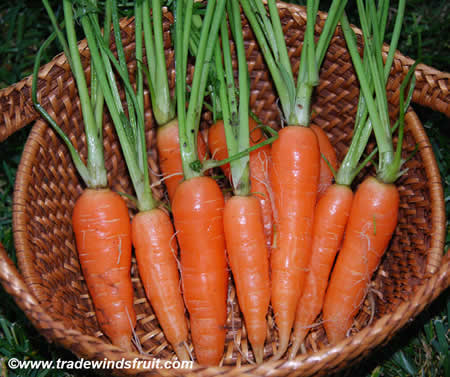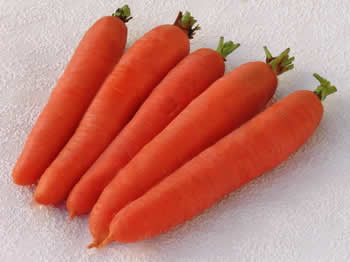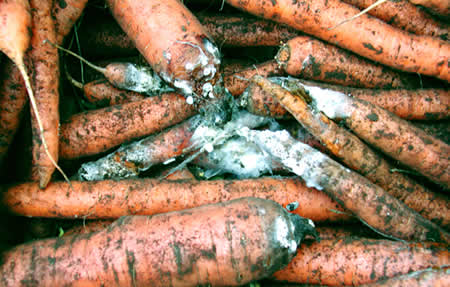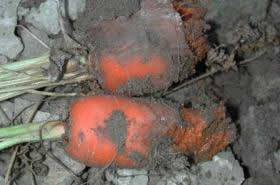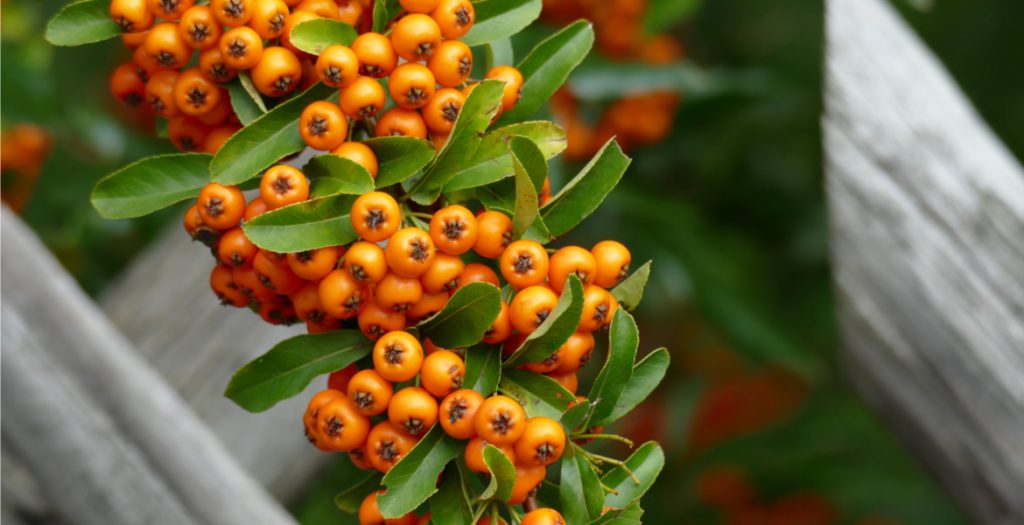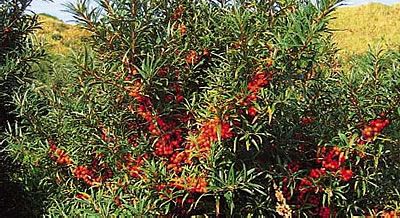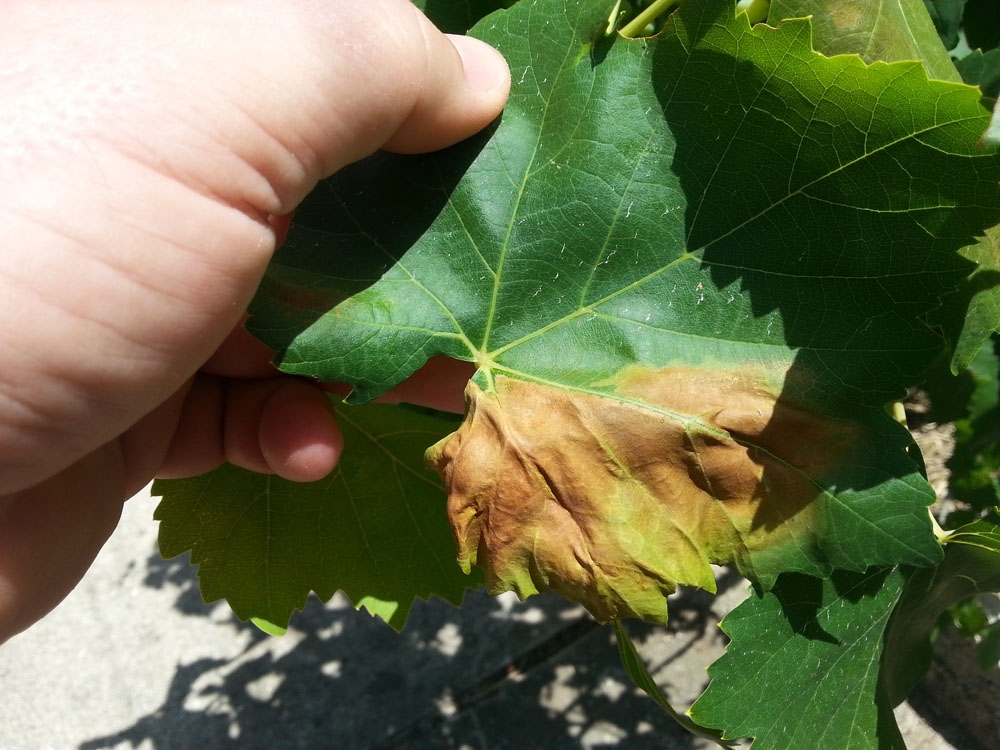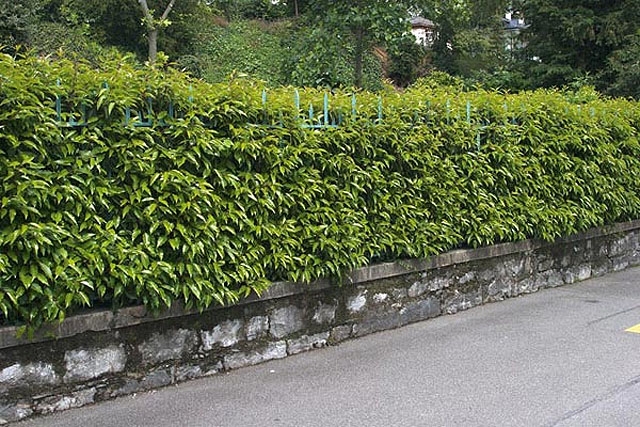Want to know how to grow carrots?
Scientific name of carrots: Daucus carota, οικ. Umbelliferae.
Description of the carrot plant
The carrot originated in Asia but is nowadays cultivated all over the world. The carrot is an edible species grown as a vegetable and belongs to the family Apiaceae or Umbelliferae ( Carrot or Parsley Family), like dill, celery, parsley, cumin and others. It is a biennial plant, i.e. in the first year the shoot organs, root and leaves develop, while in the next growing season the flowering stem is formed, which is tall and branched and will bear fruit. The carrot seed is small, flattened, with spiny sides and ash-coloured.
Carrot seeds. Carrot seeds are very small.
Carrots belong to the group of vegetables whose underground part is eaten, as is the case with beetroot and celery, and are classified as root vegetables and, depending on the temperature requirements of the crop, are cold-season vegetables and semi-insensitive to frost. In terms of the way it is pollinated, it is classified as an insectophilic plant, i.e. pollination is achieved by insects, and in terms of the depth of development of its root system it is an intermediate plant, with a root system ranging from 60 to 120 cm.
Soil and climate requirements
Carrot plant adapts easily to any climate, although it prefers temperate climate. Best temperatures for carrots growth are considered to be 15-20 degrees Celsius. It can withstand low temperatures but slows down its growth and at temperatures of 0- 2 degrees Celsius the starch is converted into sugars, a pleasant change for the carrot. Temperature also has an effect on the formation of carotene, which is formed at a temperature of 15-20 degrees Celsius , otherwise the carrots do not turn a bright orange color. It prefers deep, well-drained, sandy and organic-rich soils. The soil must be free of clods and stones. The suitable pH is 6- 6,5, slightly acidic reaction.
Carrot fertilization
Basic fertilization with the main elements nitrogen, phosphorus and potassium, applied well before sowing and incorporated into the soil.
Sowing and propagation
Carrots are sown during most of the year, in warm areas with mild winters and in cold areas in spring. Sowing depth is fixed at 1 cm or less, depending on the soil. Sowing is done in rows, followed by watering and lightly compacting the seed so that the seed has better contact with the soil. Germination takes place within 8 to 10 days.
Carrot cultivation treatments
Irrigation
Satisfactory soil moisture throughout the growth of the plant is necessary. The frequency of watering and the amount of water are influenced by the growing season, the condition of the soil and the stage of plant growth.
Plant thinning
In the early stages of growth, thinning is carried out to remove the weakest and poorly formed plants. This gives healthy plants the space they need to grow well. During thinning, great care must be taken to ensure that good plants are not damaged by uprooting, watering must be carried out the day before so that neighbouring roots are not damaged during uprooting and the plants must be young so that they have not developed a rich root system. By thinning the plants, the distances between them should be between 5-7 cm.
Weeding and hoeing are also necessary to destroy weeds that strongly compete with carrots. The purpose of hoeing is to break up the surface crust created by watering, to improve soil aeration and heating, to maintain moisture and to ensure good plant growth.
Care must be taken when digging to avoid damaging the roots and the underground part of the carrot. How often it should be done depends on the type of soil, the appearance of weeds, etc. Usually 1-3 picks are made, at a depth not exceeding 3-5 cm.
Weed control
Weeds are one of the main problems in carrot cultivation. Weeds must be destroyed, which is done by hoeing and weeding, but also by applying pre-emergent or post-emergent herbicides. The most common herbicide used on carrots is Linuron, a wet powder which is mixed with water. It is applied preemergence immediately after sowing followed by watering and postemergence when the plant has 3-4 leaves, i.e. a total of 2 applications.
Surface fertilization
During the growth of the plants, nitrogen is added to stimulate and increase their growth. When carrot seeds are planted in October, surface fertilisation is applied in February or March, depending on the condition of the plants. Surface fertilisation can be applied in two doses, the first at the end of January/beginning of February and the second at the end of February/beginning of March.
The type of fertiliser used is calcium ammonium nitrate ( 26-0-0), crystalline ammonium nitrate ( 33,5-0-0) or urea. Caution: after the application of the fertiliser, watering must follow in order to remove it from the leaves to avoid burning.
Harvest
Fresh fresh carrots are harvested after 3 to 6 months and after they have reached a diameter of 2,5 to 3,5 cm. The plants are uprooted by hand by pulling the leaves off, after watering.
Greek carrot varieties
The most well-known carrot varieties are the following:
- Nantes (medium-early, medium-length root, red-orange in colour)
- Amsterdam (early, medium-early, medium-length root, red-orange in colour)
- Tuchon (medium early, medium root length, red-orange in colour)
- Aegina( long-ripe, bright orange in colour)
- Nea Magnesia (long-orange, late-sown)
Carrots of the Nantes variety.
Carrots of the Amsterdam variety.
In Greece, the variety that is cultivated to a greater extent is Nantes.
Diseases and Pests
The most common diseases of carrots are:
Sclerotinia sclerotiorum
Sclerotinia sclerotiorum (Sclerotinia sclerotiorum) on the roots of the plant.
Sclerotinia sclerotiorum (Sclerotinia sclerotiorum), where the fungus causes the roots to rot. For prevention, it is recommended to apply crop rotation and remove diseased plants.
Alternaria radicicola (Alternaria radicicola)
Alternaria radicicola (Alternaria radicicola), where the fungus causes rotting of the root head. Thin planting is recommended as well as preventive spraying with appropriate fungicides.
Bacteriosis (Erwinia carotovora)
The bacterium Erwinia carotovora has caused root rot.
Bacteriosis (Erwinia carotovora), the attack by the bacterium is manifested by root rot. Crop rotation, destruction and removal of affected roots and avoiding excessive moisture are recommended. It is controlled by spraying with special bactericides.
The best known pests of carrots are:
Carrot fly (Psila rosae)
Carrot fly (Ps Psila rosacea rosacea (Psila rosacea rose)).
Carrot fly (Psila rosae); its larvae open galleries in the root nodules. Control by dispersing and incorporating appropriate insecticides.
Ironworms (Agriotes lineatus)
Ironworms (Agriotes lineatus), cause similar damage to the carrot fly. Control is similar to that of the fly, soil insecticides are applied.
Nematodes (Heterodera spp.)
Nematodes (Heterodera spp.), causing deformations of the root tubers. The soil in which carrot seeds are planted must be free from nematodes. Otherwise, they must be disinfected before sowing with a suitable disinfectant. If an infestation occurs during cultivation, it is controlled with a nematicide. An alternative treatment is to rotate the crop with cereals.
Advice
For the last carrot sowing of the year, choose an early variety that grows quickly and sow in rows every 15 cm and the seeds should be 5 cm apart. The advantage of sowing so late is that you will not have a problem with the carrot fly.
Carrot contains the valuable carotene, useful for eyesight and cleanses the blood.
An article by Agronomist Sophia Papazoglou
Agricultural Engineer – MSc Environmental Management
Tags: CARROT • CARROTS • CULTIVATION • DISEASES • ENEMIES • SOFIA PAPAZOGLOU AGRONOMIST



